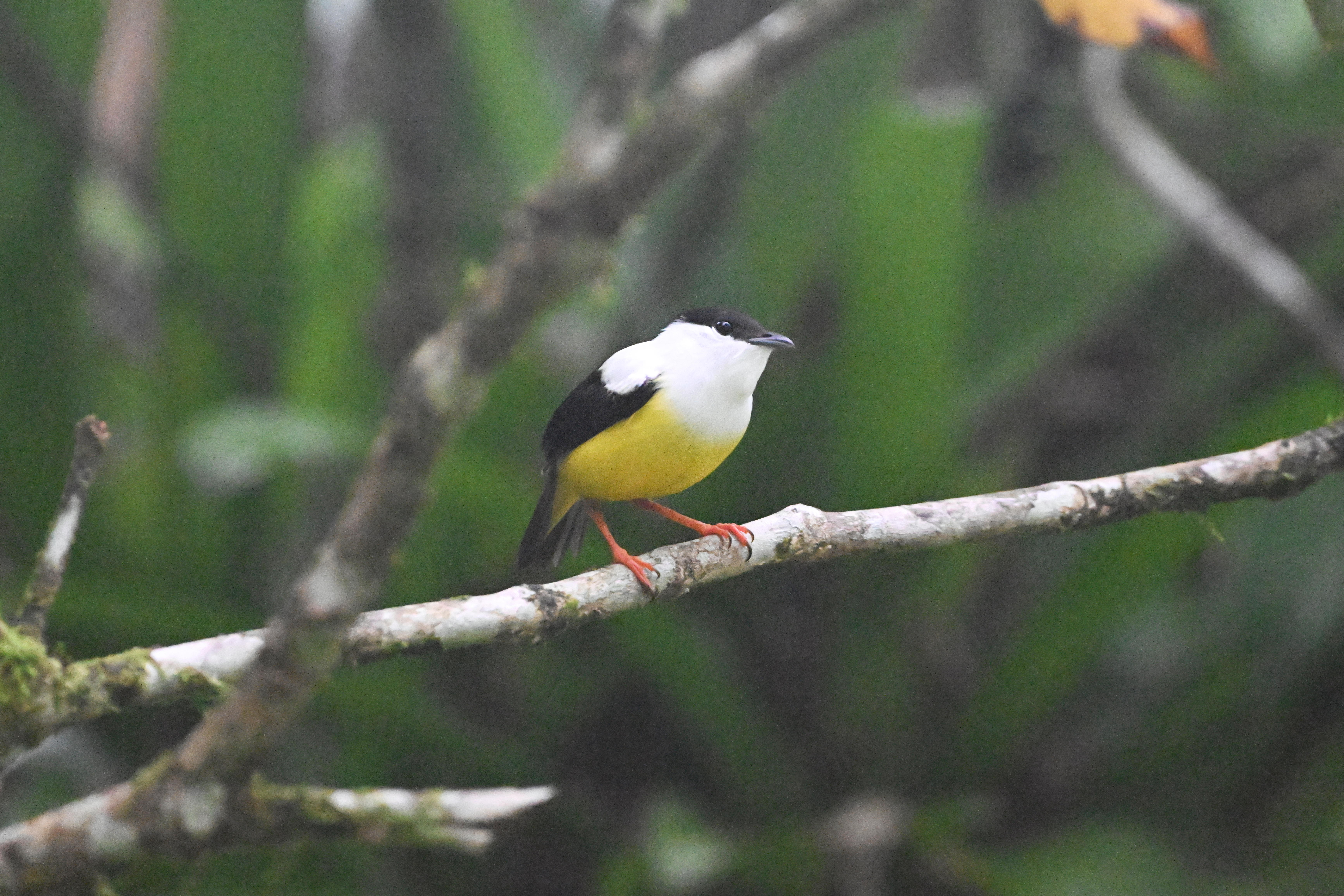the beauty of failure
How does one measure success? We, humans, are a competitive, goal-oriented lot, always challenging ourselves in ways big and small and continuously on the lookout for yardsticks to measure our progress. And yet, success is all relative. Consider that in baseball, a hitter can fail spectacularly seven times out of ten and, as a result, go down in the history books as an all-time great. We find this a useful bit of perspective because sometimes what seems like failure is actually not and, oftentimes, whether or not one accomplishes one’s ultimate aim is really beside the point. Just as often, what matters more is the process and the experience; we tell this all the time to our son, who is a bit of a perfectionist and has developed a fear of failure as he hit double digits.

In birdwatching, an otherwise low-key hobby that for D has blossomed into an all-consuming obsession, this competitive drive manifests in listing — keeping meticulous track of all of one’s sightings with the overarching goal of continuously adding new species. Last month, D hit a huge milestone in his personal quest: his 2,000th bird! When we arrived in Costa Rica, D had been a few species shy of one thousand, a target it took him the better part of a decade to reach. After just two-and-a-half years in the tropics, D has more than doubled his life list. The challenge, as we’ve written before, is that at this stage of birding Costa Rica, every additional lifer decreases significantly the likelihood of seeing something new and exciting the next time out, leaving most of D’s remaining targets in the unlikely-to-improbable range. If listing and finding new birds were D’s sole motivation, this would create a potentially frustrating dynamic — one D has experienced first-hand and, instructively, seen manifested in others.

D will remember forever his quest for the barenecked umbrellabird — not just because it remains his favorite bird sighting in Costa Rica, but also because of how the other members of his birding party reacted when the guide initially failed to find the target bird. On one hand, there was an older Tico couple, who smiled and thanked the guide for a wonderful experience before heading back to their car. And it truly had been an excellent birding outing, with several bountiful mixed-species flocks, a pair of spectacled owls, and half-a-dozen lekking red-capped manakins. On the other hand, there was a younger French tourist, who walked away muttering profanities under this breath, livid with frustration because he had missed out on the rare bird we had attempted to find. It was not a good look, and D resolved then and there to never again be that guy.

D still goes out on marginal quests in the hopes of finding new or unique birds, of course, but he also endeavors to appreciate the beauty of the more common species he sees regularly as well. We’ve been incredibly fortunate to spend the last couple of years in this beautiful country, and as our departure date approaches rapidly, we’re all the more cognizant that we shouldn’t take these experiences for granted. For instance, this post is full of photos from D’s first birding outing of his farewell birding tour. It was a guided walk at a biological research station — and it failed to yield even a single lifer. But seeing all these dazzling critters, how could one walk away with anything other than a full heart and a happy smile on one’s face?

Pictured from top to bottom: pale-billed woodpecker, shining honeycreeper, chestnut-colored woodpecker, white-collared manakin.
